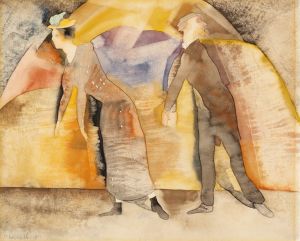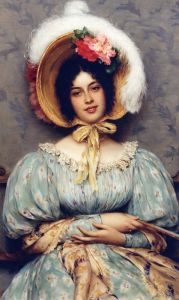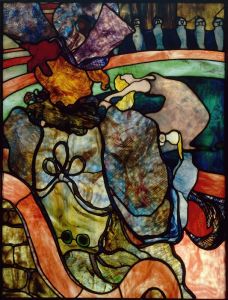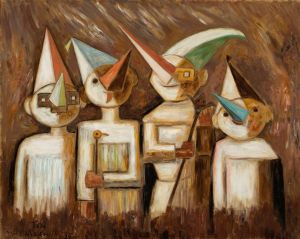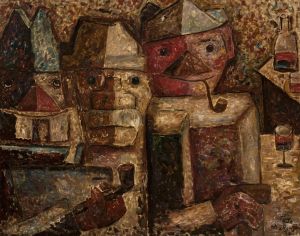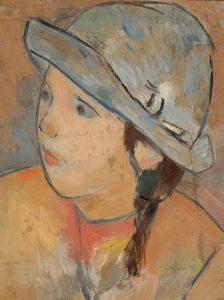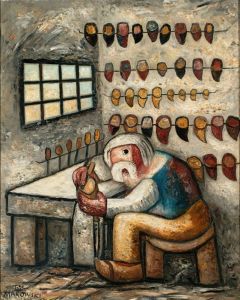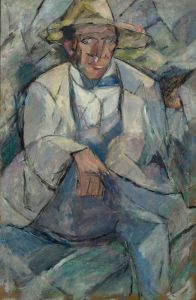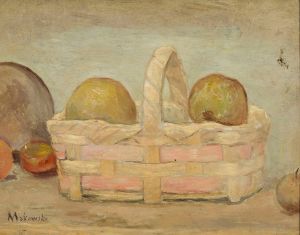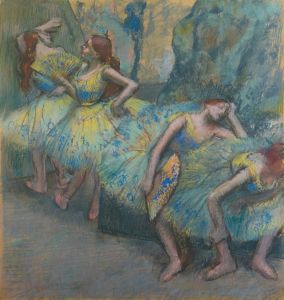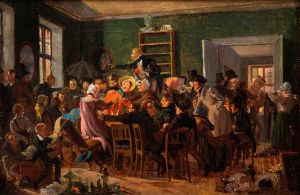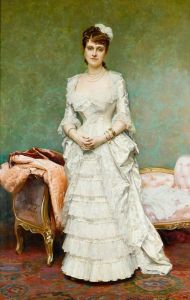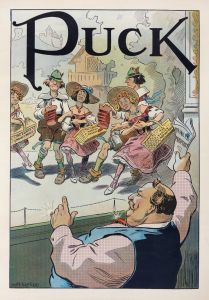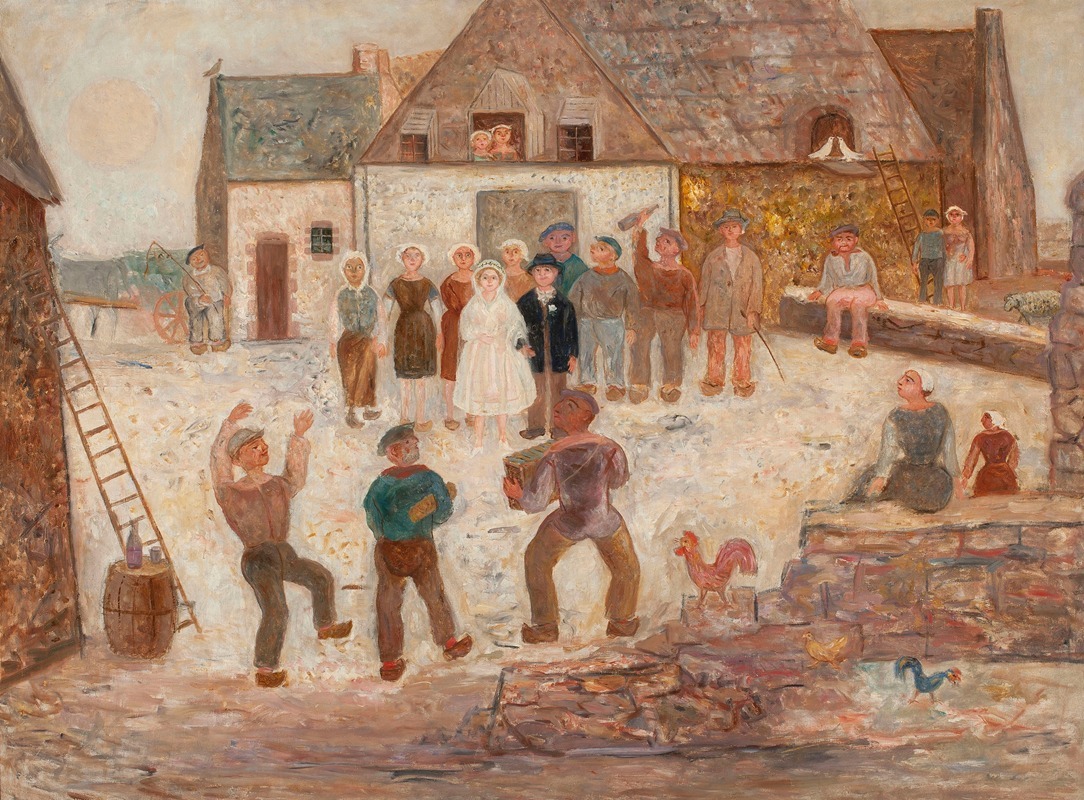
Wedding in a village
A hand-painted replica of Tadeusz Makowski’s masterpiece Wedding in a village, meticulously crafted by professional artists to capture the true essence of the original. Each piece is created with museum-quality canvas and rare mineral pigments, carefully painted by experienced artists with delicate brushstrokes and rich, layered colors to perfectly recreate the texture of the original artwork. Unlike machine-printed reproductions, this hand-painted version brings the painting to life, infused with the artist’s emotions and skill in every stroke. Whether for personal collection or home decoration, it instantly elevates the artistic atmosphere of any space.
Tadeusz Makowski's painting Wedding in a Village is a notable work by the Polish modernist painter, known for his distinctive style that combines elements of folk art, symbolism, and modernism. Makowski, born in 1882 in Oświęcim, Poland, was deeply influenced by his studies at the Academy of Fine Arts in Kraków and his later experiences in Paris, where he became acquainted with various avant-garde movements, including Cubism. However, his works often diverged from strict adherence to any single style, reflecting his personal vision and a strong connection to Polish folk traditions.
Wedding in a Village exemplifies Makowski's fascination with rural life and its customs. The painting portrays a village wedding scene, capturing the festive atmosphere and communal spirit of such events. Makowski's use of simplified, geometric forms and muted yet warm color palettes reflects his unique approach to modernism, which often incorporated elements of naivety and childlike wonder. The figures in the painting are stylized, with rounded shapes and expressive features, evoking a sense of intimacy and nostalgia.
Makowski's art frequently drew inspiration from the everyday lives of ordinary people, particularly in rural settings. His works often depicted scenes of children, villagers, and traditional customs, emphasizing a connection to his Polish heritage. While Wedding in a Village is not as widely discussed as some of his other works, it remains an important example of his ability to blend modernist techniques with folkloric themes.
Makowski spent much of his career in France, where he developed his artistic style and gained recognition. Despite living abroad, his works retained a strong sense of Polish identity, often reflecting the cultural and social traditions of his homeland. He passed away in 1932 in Paris, leaving behind a body of work that continues to be celebrated for its originality and emotional depth.
Due to limited documentation on specific details about Wedding in a Village, such as its exact creation date or current location, further information about the painting is not readily available. However, it remains a testament to Makowski's ability to capture the essence of rural life through his distinctive artistic lens.





